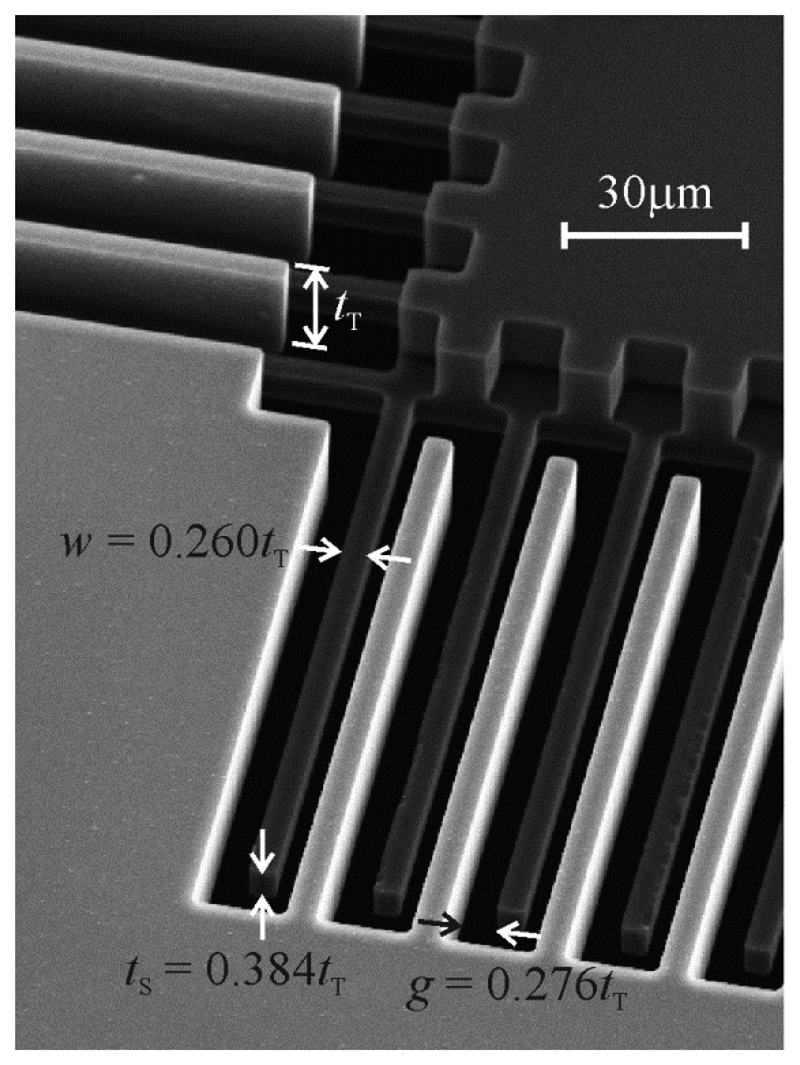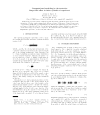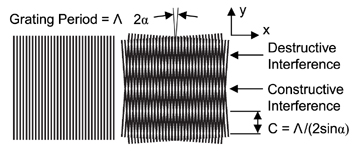

This would allow some imaging sequences to employ longer echo trains at low fields. First, T1 is shorter and T2 is longer under lower fields ( Campbell-Washburn et al., 2019), which helps shorten TR as well as allows more SNR-efficient sampling. Meanwhile, Synaptive Medical has launched their recently FDA-approved 0.5T head-only MRI and discussed advantages in imaging at low-field compared with traditional high-field MRI ( Marques et al., 2021 Jimeno et al., 2022).Īlthough lower main magnetic field strength magnets result in lower SNR, there are several unique physical advantages of low-field MRI compared to high-field MRI. Max system, which combines low field strength (0.55T) with high-performance imaging technology and shows excellent image quality ( Campbell-Washburn et al., 2019 Sheth et al., 2021). Especially, Siemens has announced a low-field MRI, MAGNETOM Free. Low field MRI can have key competitive advantages such as compact fringe fields, smaller-size, lighter-weight, more economic magnets, easier siting and installation requirements ( Coffey et al., 2013 Stainsby et al., 2019, 2020 Wiens et al., 2020).


Since high-field MRI machines are expensive, heavy and need pricey annual maintenance costs, low field MRI machines gain an edge by their potential to offer reduced costs and reduced footprints translating into wider accessibility. SWI shows better results in higher fields than in lower fields because the signal-to-noise ratio (SNR) increases with the field strength ( Hoult et al., 1986 Sarracanie and Salameh, 2020 Runge and Heverhagen, 2022), and it is easier to get the optimum contrast for veins at high fields with much shorter echo times than that at low fields ( Haacke et al., 2009). Phase information in SWI is used to emphasize the magnetic susceptibility differences of various compounds, such as deoxygenated blood, blood products, iron, and calcium, to provide a new source of contrast in MR ( Haacke et al., 1995, 2004 Reichenbach et al., 1997). Susceptibility-weighted imaging (SWI) is especially helpful in finding hemorrhage in traumatic brain injury and can also characterize cerebral microbleeds, occult low-flow vascular malformations, intracranial calcifications, neurodegenerative diseases ( Haacke et al., 1997 Bartzokis et al., 2000 Halefoglu and Yousem, 2018). This would open the possibility to extend SWI applications in the high-performance low field MRI. A comparison of the SWI in 0.5T and 1.5T was carried out, demonstrating the capability to identify magnetic susceptibility differences between variable tissues, especially, the blood veins. To improve the signal-to-noise ratio (SNR) performance, averaging multi-echo magnitude images and BM4D phase denoising were proposed. This work optimized the imaging protocol to select suitable parameters such as the values of time of echo (TE), repetition time (TR), and the flip angle (FA) of the RF pulse according to the signal simulations for low-field SWI. However, for susceptibility weighted imaging (SWI), the low signal-to-noise ratio and the long echo time inherent at low field hinder the SWI from being applied to clinical applications. It has also been proven to have unique advantages over high-field MRI in both physical and cost aspects. The high-performance low-field magnetic resonance imaging (MRI) system, equipped with modern hardware and contemporary imaging capabilities, has garnered interest within the MRI community in recent years. 3Wuxi Marvel Stone Healthcare Co., Ltd., Wuxi, Jiangsu, China.2Institute of Medical Robotics, Shanghai Jiao Tong University, Shanghai, China.1School of Biomedical Engineering, Shanghai Jiao Tong University, Shanghai, China.Yueqi Qiu 1,2, Haoran Bai 1, Hao Chen 1,2, Yue Zhao 3, Hai Luo 3, Ziyue Wu 3 and Zhiyong Zhang 1,2*


 0 kommentar(er)
0 kommentar(er)
